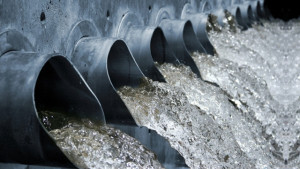 What if I told you there is a resource that is wasted by the billions every day. Society has already built the infrastructure that can stop this waste, we but don’t call them by their correct name. Society refers to them as Waste Water Treatment Plants – WWTP’s for short. However, there is a call from inside the industry to change that name – into something more appropriate for what it does – Water Resource Recovery Facilities or WRRF’s.
What if I told you there is a resource that is wasted by the billions every day. Society has already built the infrastructure that can stop this waste, we but don’t call them by their correct name. Society refers to them as Waste Water Treatment Plants – WWTP’s for short. However, there is a call from inside the industry to change that name – into something more appropriate for what it does – Water Resource Recovery Facilities or WRRF’s.
Think of this as the eye opening experience the trash companies had when they realized how to recycle glass, plastic and green waste from their trash stream. Its happening now with wastewater.
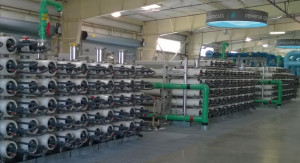
Reverse Osmosis at PureWaterSV in San Jose, CA.
Water Resource Recovery Facilities
A WRRF receives a mix of graywater (shower, laundry, sink water) and black water (toilet bowl wastes & flush water) and turns it into something usable. A WRRF tends to perform a mechanical and biological process to remove the wastes leaving a relatively clean liquid effluent. This effluent when treated properly can then be re-used for landscape irrigation, also known as recycled water.
If this water undergoes an advanced water purification process such as micro/nano filtration, reverse osmosis and ultraviolet light/hydrogen peroxide/ozone disinfection, it creates a product that is cleaner than federal drinking water quality standards and becomes a drought-proof resource.
A WRRF has the ability to re-use captured water to help aid communities suffering from water shortages such as drought. It also has the ability to supplement the public drinking water supply through realities such as direct potable reuse (DPR) and indirect potable reuse (IPR).

Eleanor Allen, CEO of Water For People.
But WRRF’s don’t stop there, as Eleanor Allen, CEO of Water For People explained, “there are lots of resources available, it’s more than just water – its renewed water. Wastes such as nutrients (phosphorous and nitrogen), toilet paper (cellulose), heavy metals (lead, gold), plastics and sludge” are available to be mined out of the waste stream.
“The solids side of things is interesting. Bio-fuels can be created, sludge briquettes for heating are another. We call this the Golden Ticket.”
Mrs. Allen runs an organization that takes 1st world clean water and sanitation tech and brings it to 3rd world countries. For instance, in the United States and across Europe, we take running water and flushing toilets for granted. In other less fortunate countries, their residents will spend a life time walking for water and fighting off illness instead of getting educated and breaking free from the cycle of poverty.
1.8 billion people around the word lack access to safe water and 2.4 billion people lack access to adequate sanitation.
A WRRF has the ability to change that.
Did you see the movie Slumdog Millionaire? Do you remember the scene where the boys have to clean out the latrines and one of them falls into that pile of poo? Everyone in the audience made that “eww” sound during that scene. But the concept is there – Hollywood just glorified it.
Take this scenario as an example.
Water For People, a non-profit organization, will come to a village and help the community setup septic tanks and transfer stations. Entrepreneurial citizens of the community take upon roles to help the system work and function.
A transfer station is used to empty mini vacuum trucks where sludge from septic tanks is discarded and transferred to a business to turn it into sludge briquettes. Think of these briquettes like charcoal for your grill, except you won’t eat from this heat source, yet. These briquettes are dried and sold to local farmers to burn so they can heat the hen houses. Thus creating a circular economy around sanitation.
This is a prime example of what a Water Resource Recovery Facility can do. It is this kind of innovation and sustainable development that helps society advance.
Take for instance a pilot project that Veolia ran at a treatment plant in Brussels, Belgium. Wastes in the sewer system were made into plastic polymers with the help of bacteria which converted fatty acids into biopolymers. These bioplastics could be used in the medical and pharmaceutical industries.
In resource-poor Japan, WRRF’s are able to capture gold out of incinerated sludge and sell it back to the factories as a way to offset their operational costs.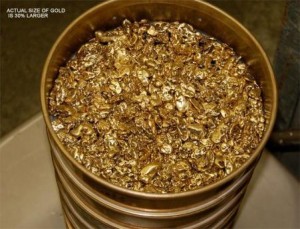
In the States, WRRF’s are able to incinerate sludge and give it to lawn fertilizer companies as a high nitrogen content filler, or precipitate out phosphorous and ammonia for creating fertilizer pellets for agriculture. Others can take slaughterhouse waste and add it to anaerobic digesters to create methane gas. Then using this methane they’re able to create more energy than the WRRF can use so they can export it to the grid. These are just a few examples in use today.
How does the industry make the change to a Water Resource Recovery Facility?
“Utilities need to innovate, build a business case for it and change their name.” Any agency that takes on the WRRF mentality will include it in their mission, their vision and they won’t be afraid to talk about it.
RecycledH2O is starting a new series on Water Resource Recovery Facilities. Each month we’ll share how different utilities have become a WRRF. This is a wide topic which has many aspects that will fit many interests. If big pumps and equipment is your thing, we’ve got that. If being environmentally sustainable is your passion, we’ve got that too.
Join us on this journey about WRRF’s in the United States.

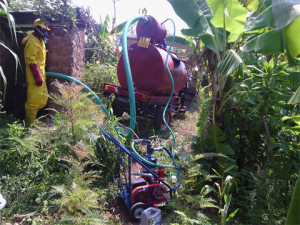
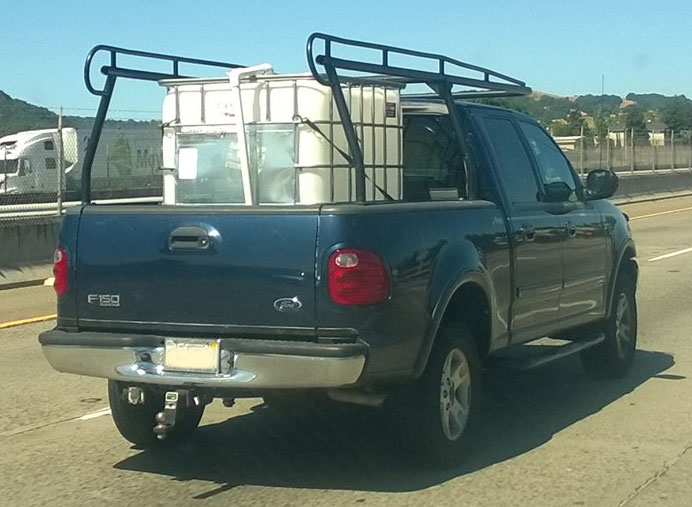
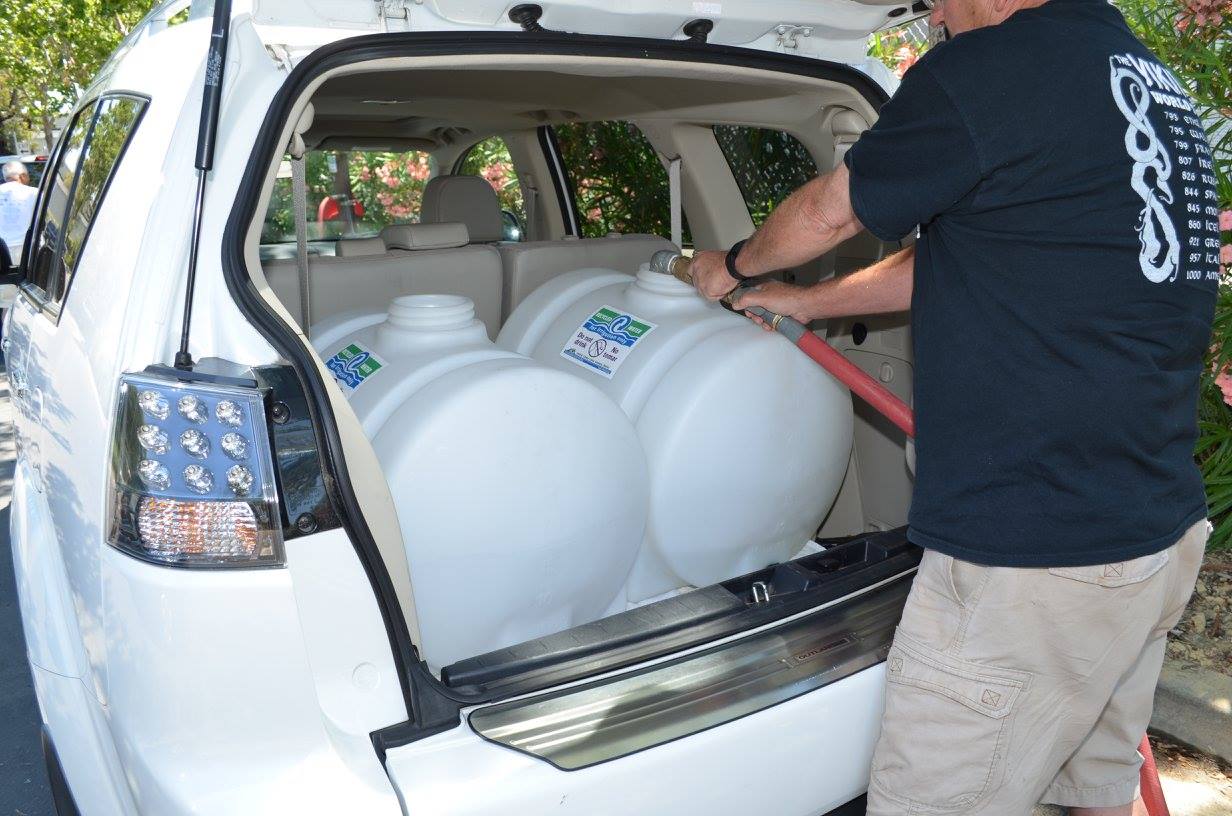
Leave a Reply